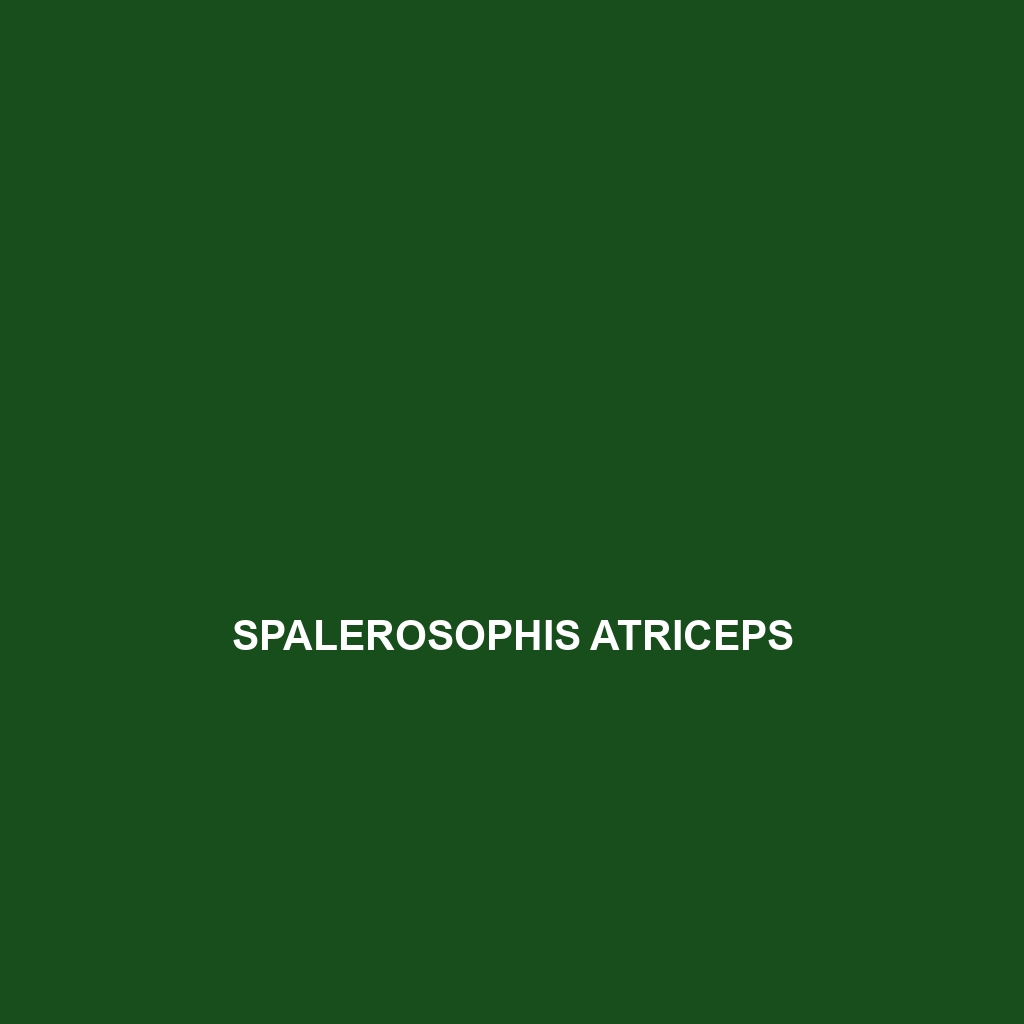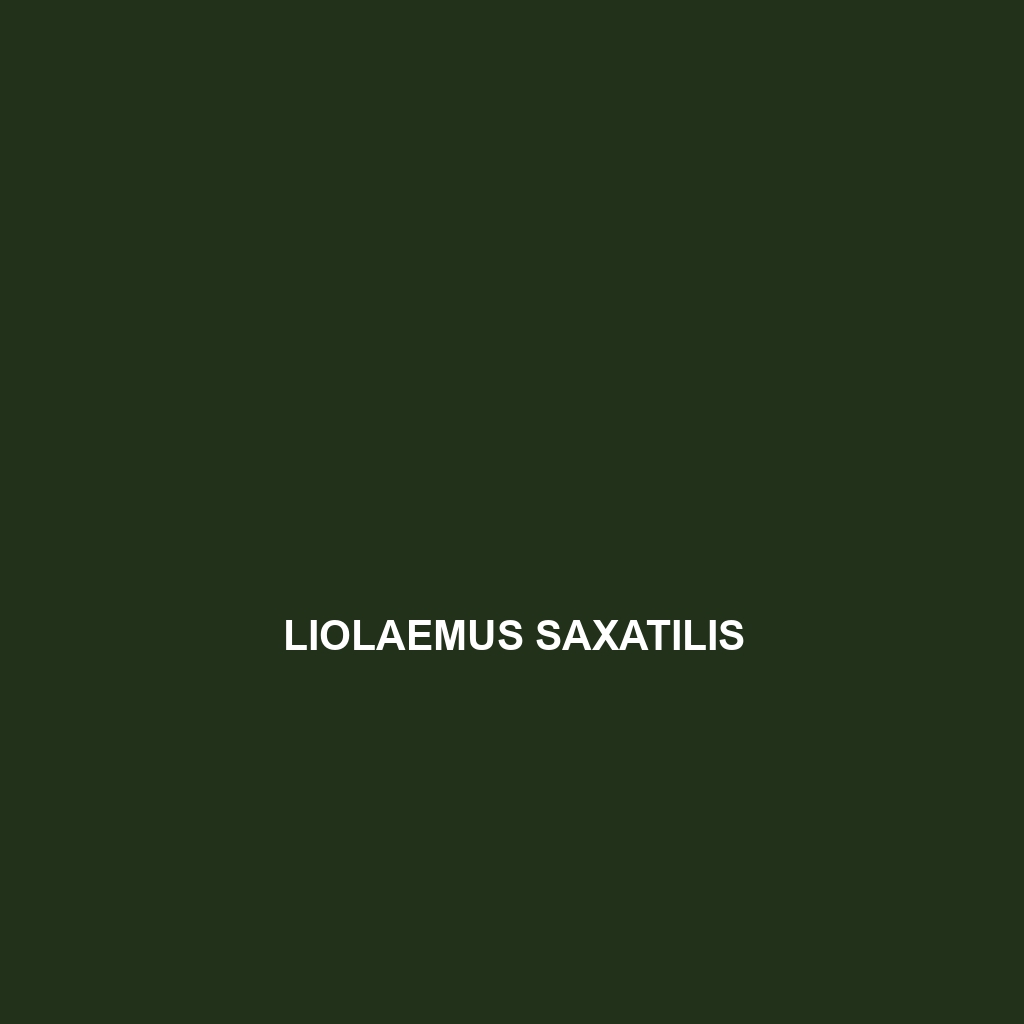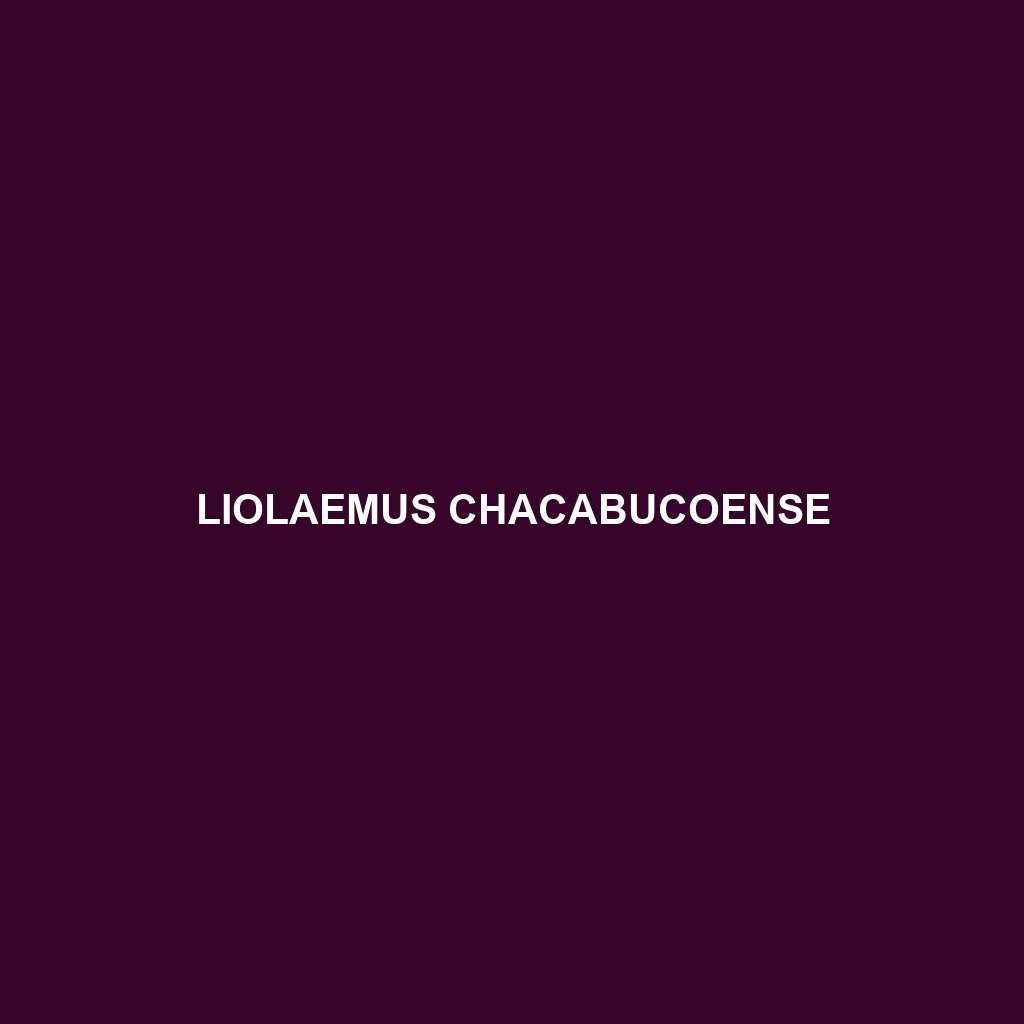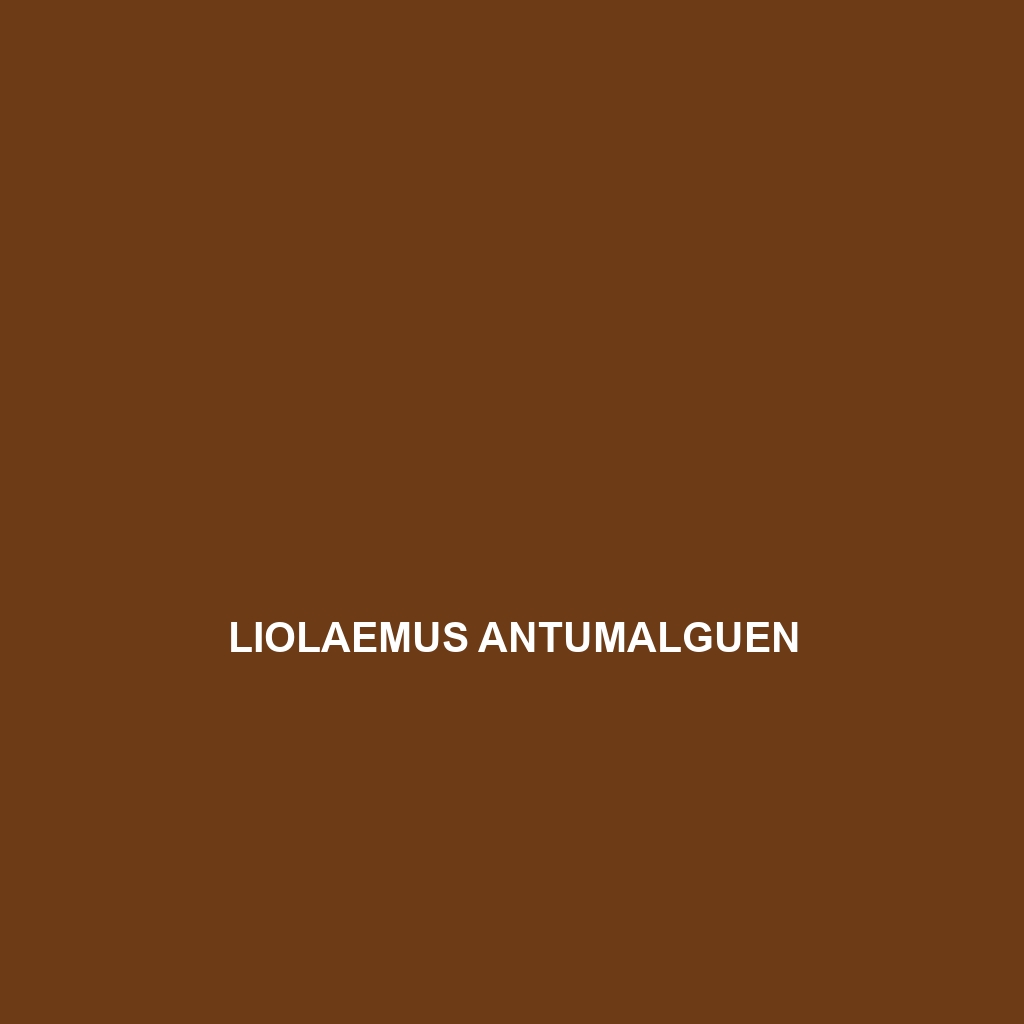<b>Spalerosophis atriceps</b>, known as the Black-headed Snake, is a striking carnivorous species native to tropical and subtropical regions of South America, characterized by its unique black head and greenish-blue or gray body. Measuring 1 to 1.5 meters, this nocturnal reptile is an agile climber that preys primarily on small vertebrates, playing a vital role in maintaining ecological balance within its habitat.
Tag: reptiles of Argentina
Phymaturus verdugo
<b>Phymaturus verdugo</b> is a medium-sized lizard found in the arid regions of Argentina, known for its distinct earthy coloration and robust body. This insectivorous species thrives in rocky habitats, displaying unique behaviors and playing a critical role in its ecosystem by regulating insect populations.
Liotyphlops trefauti
<p>The <b>Liotyphlops trefauti</b>, a small fossorial snake native to the tropical regions of South America, primarily inhabits rainforests and savannas, where it plays a crucial role in controlling invertebrate populations and enhancing soil health through its burrowing habits. With a length of 20 to 40 centimeters and a diet mainly consisting of earthworms and insects, this nocturnal species is adapted to a subterranean lifestyle.</p>
Liolaemus sarmientoi
Discover the fascinating Liolaemus sarmientoi, or Sarmiento's Liolaemus, a distinctive lizard native to the arid regions of Argentina's Patagonian steppe, characterized by its light brown or gray coloration with dark spots, diurnal behavior, and insectivorous diet. This resilient species plays a vital role in the ecosystem, helping control insect populations while adapting to extreme environmental conditions.
Liolaemus rosenmanni
<b>Liolaemus rosenmanni</b> is a medium-sized lizard found in the temperate forests and savannas of Argentina and Chile, known for its striking color variations and diurnal, territorial behavior. As an insectivore, it plays a crucial role in controlling insect populations while facing threats from habitat loss, leading to its vulnerable conservation status.
Liolaemus inacayali
The Liolaemus inacayali, also known as the Inacayali lizard, is a vulnerable species native to the temperate forests and grasslands of Argentina's Andes, characterized by its elongated body, vibrant dewlap, and insectivorous diet. This diurnal lizard exhibits unique adaptations for survival in harsh climates, including burrowing behaviors and incredible camouflage capabilities.
Liolaemus gracilis
Discover the fascinating Liolaemus gracilis, a slender lizard native to the temperate forests and grasslands of the South American Andes, known for its impressive agility, distinctive coloration, and role in controlling insect populations. This species showcases unique adaptive behaviors, including seasonal migration and diurnal activity, making it a vital contributor to its ecosystem.
Liolaemus chacabucoense
Discover the <b>Liolaemus chacabucoense</b>, a vibrant lizard native to the temperate forests and savannas of Argentina's Chacabuco Valley, known for its unique coloration and diurnal basking behavior. This species plays a crucial role in its ecosystem as an insectivore, helping regulate insect populations while adapting to various environmental conditions.
Liolaemus antumalguen
Introducing the Antumalguen lizard (Liolaemus antumalguen), a medium-sized, diurnal reptile found in the temperate forests of southwestern Argentina. With its vibrant coloration and adaptability, this fascinating lizard plays a crucial role in its ecosystem as both a predator of insects and a vital food source for larger animals.








